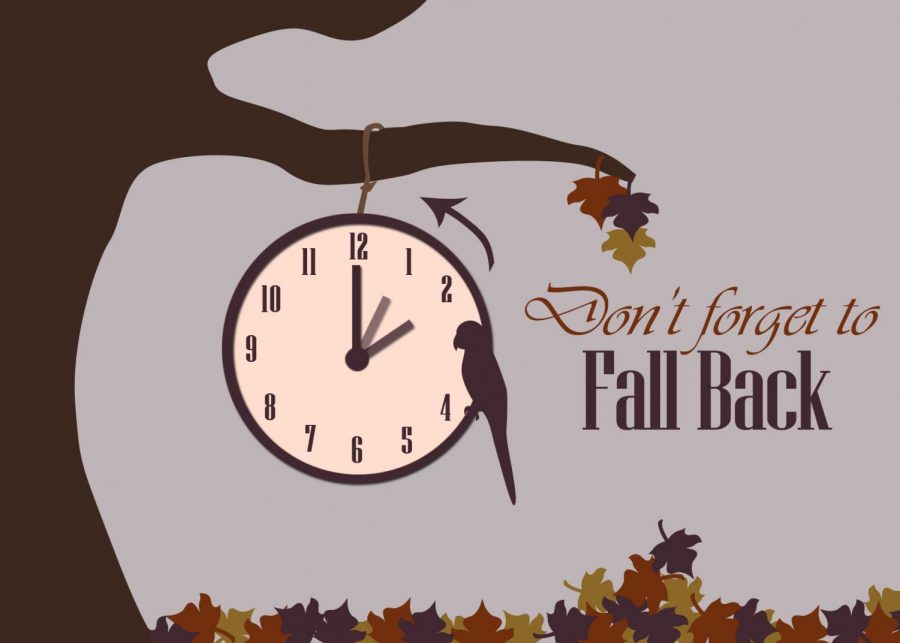Fall back to daylight saving time
November 2, 2017
On Sunday, Nov. 5, daylight saving time ends and the clocks fall back by one hour. Most people associate this daylight saving time with just getting an hour more of sleep but what was the original purpose of it?
According to webexhibits.org, during the spring the main purpose of Daylight Saving Time (called “Summer Time” in many places in the world) is to make better use of daylight. Not only does daylight savings time allow you to have more time in the sunlight during the day but it also allows you to save money by not having to run the lights in your house as early.
The idea is that if the sun is out “longer” than normal, people will use natural light and turn on their home lights later. Therefore, less electricity will be used. According to some sources, daylight savings time saves energy. Studies done by the U.S. Department of Transportation in 1975 showed that Daylight Saving Time trims the entire country’s electricity usage by a small, but significant amount, about one percent each day, because less electricity is used for lighting and appliances. Similarly, in New Zealand, power companies have found that power usage decreases 3.5 percent when daylight saving starts.
During the wintertime, daylight saving time is less advantageous to many people and businesses that need more light in the early morning because the sun rises later. That also means that the sun will go down a lot earlier at night then what people are used to during the summer. However, the least energy is saved during the winter’s darkest months: November, December, January and February.
Get ready for not only a three day weekend since there is no school on Monday, but also starting Sunday, Nov. 5, the clocks will go back one hour meaning that you will gain an hour of sleep as well as save on electricity!









